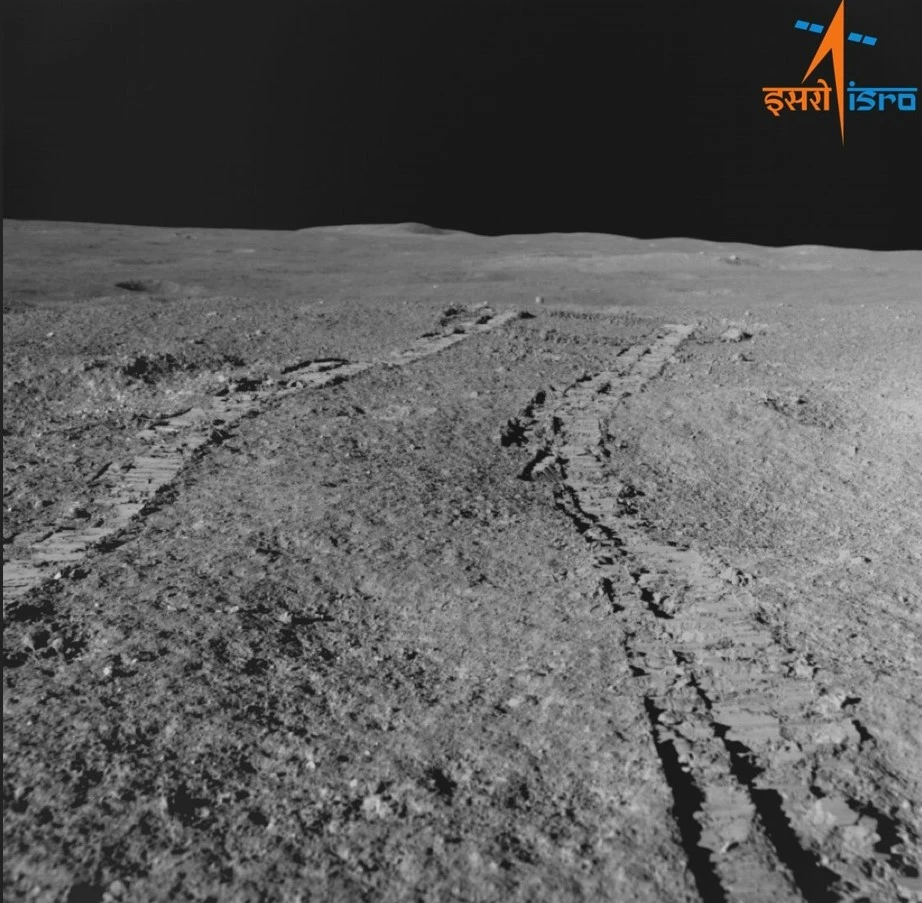India's Chandrayaan-3 Moon mission has hit the ground running with the Vikram lander and the Pragyan rover sending back their first images and instrument data while the rover makes a slow-motion swerve around a crater.
Watching planetary missions to places like Mars, we've become used to the leisurely pace of landers and rovers when it comes to getting down to doing real work. The usual schedule involves days and even weeks of systems checks and reviews to make sure the spacecraft survived the landing and is in good working order before commissioning.
However, Chandrayaan-3 doesn't have that luxury. The Sun was already up when the Vikram lander touched down in the Moon's south polar region and once the 14-day lunar day ends, both the lander and the rover will be damaged beyond repair by the freezing lunar night. As a result, Mission Control has to get through the checklist as soon as possible.

According to ISRO, the Indian space agency, the Pragyan rover encountered a four-meter (13-ft) crater sitting three meters (10 ft) ahead of it. Since this was something of an obstacle, Mission Control sent the command that made the rover retrace its path and go around.
Meanwhile, the instruments on the lander got busy with the Chandra's Surface Thermophysical Experiment (ChaSTE) inserted 10 cm (4 in) into the lunar soil and returning a profile of 10 separate temperature measurements, showing how the temperature ranges from -10 ºC (14 ºF) at depth to about 60 ºC (140 ºF) near the surface.
The rover's Laser-Induced Breakdown Spectroscope (LIBS) also came into play as it confirmed the existence of sulfur, along with aluminum, calcium, iron, chromium, titanium, manganese, silicon, and oxygen on the lunar surface.
One element that scientists are particularly keen on finding is hydrogen, which would be an indicator that water is present in the form of ice or permafrost near the surface.
Source: ISRO







